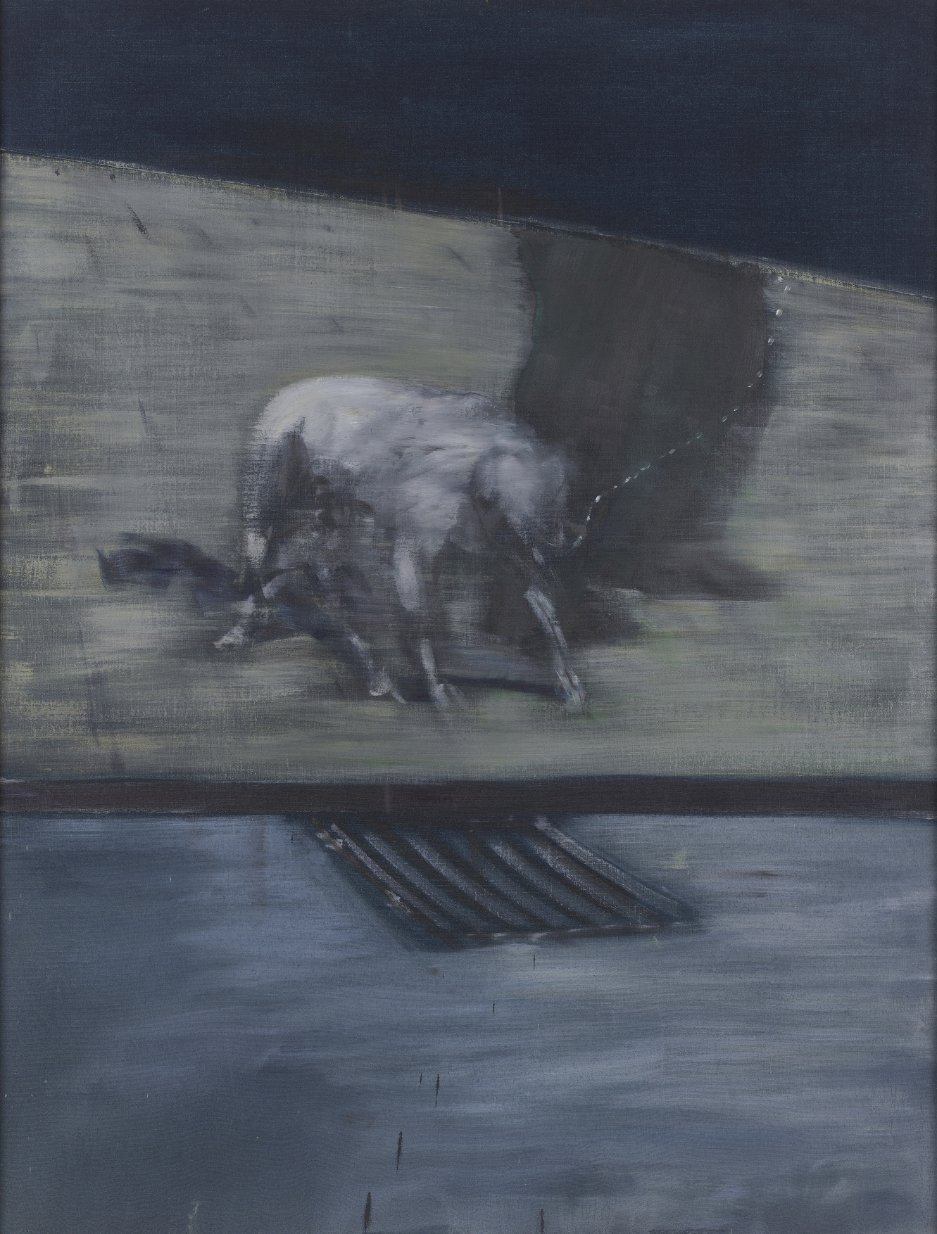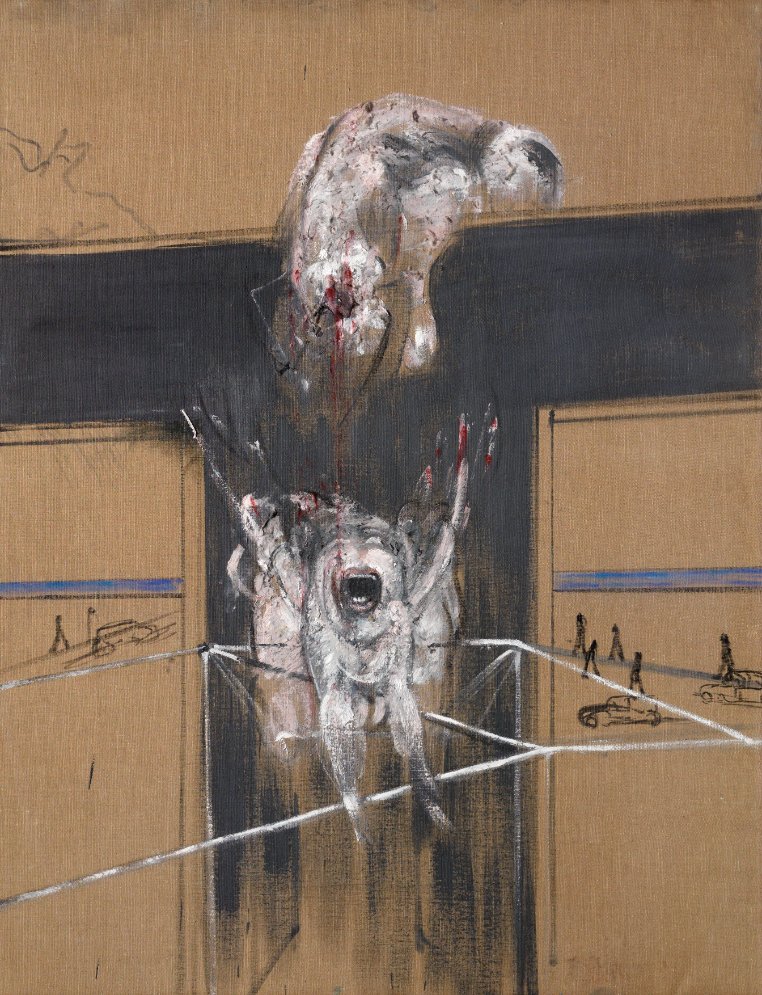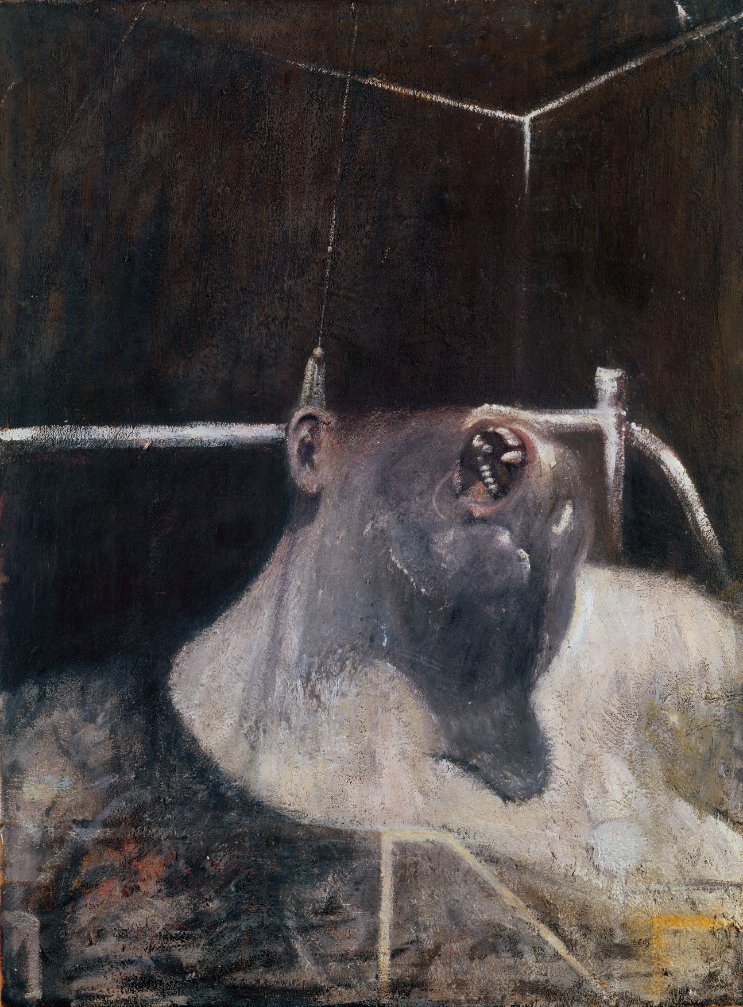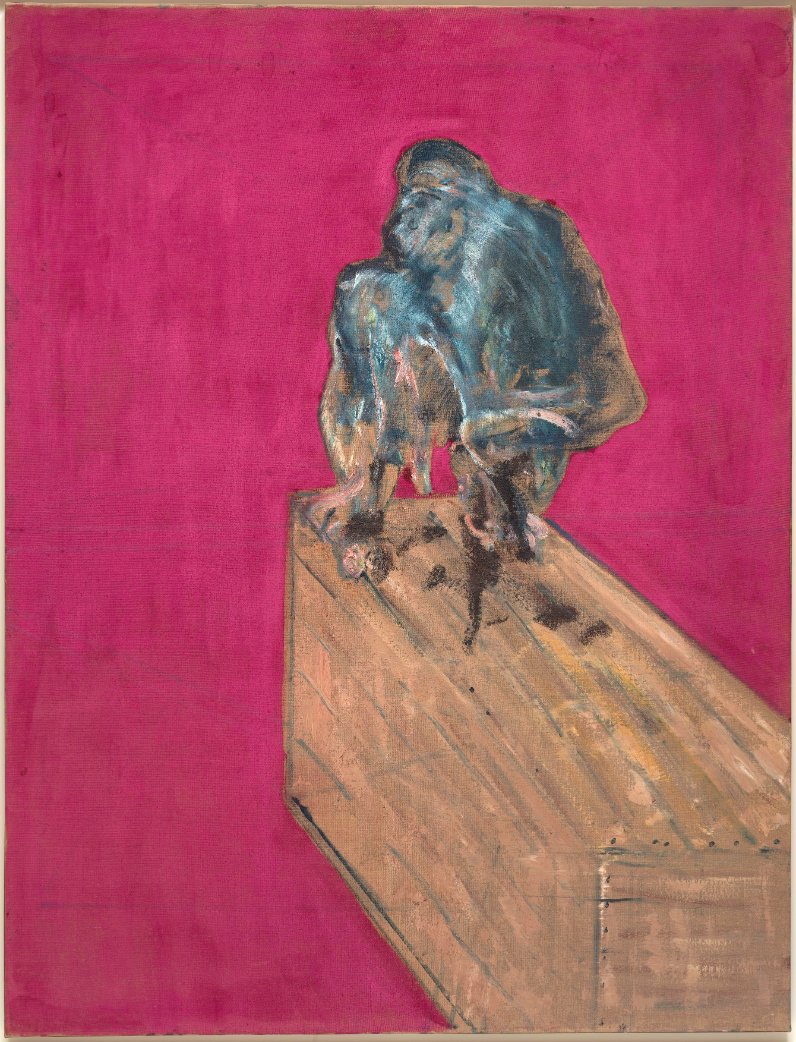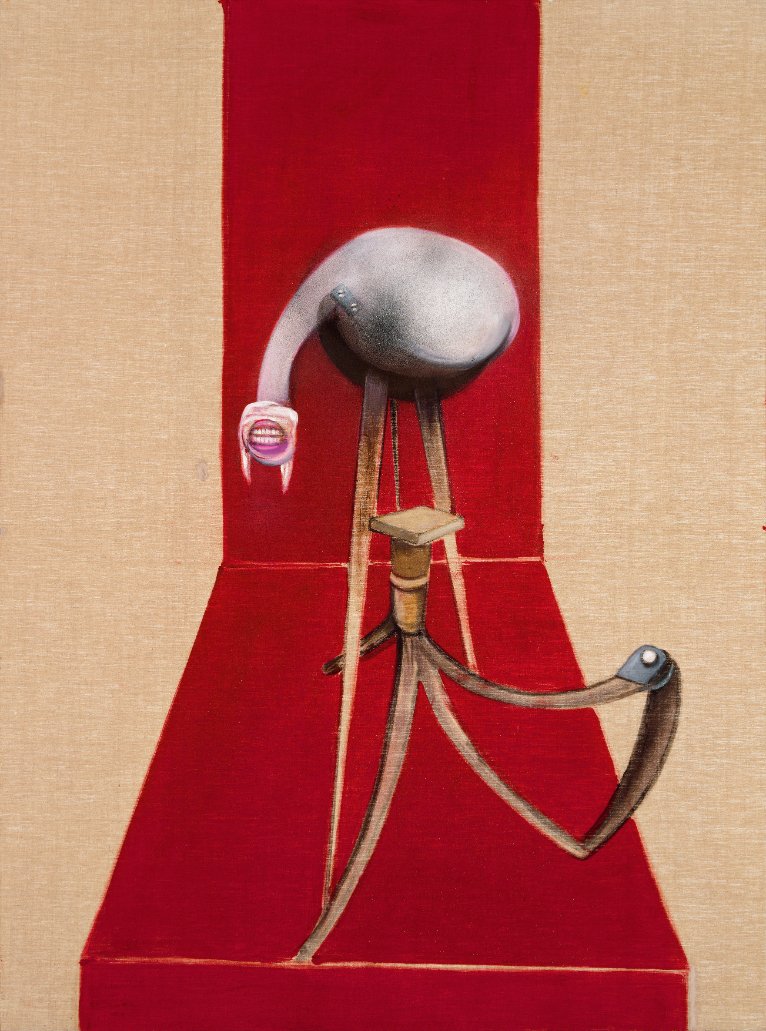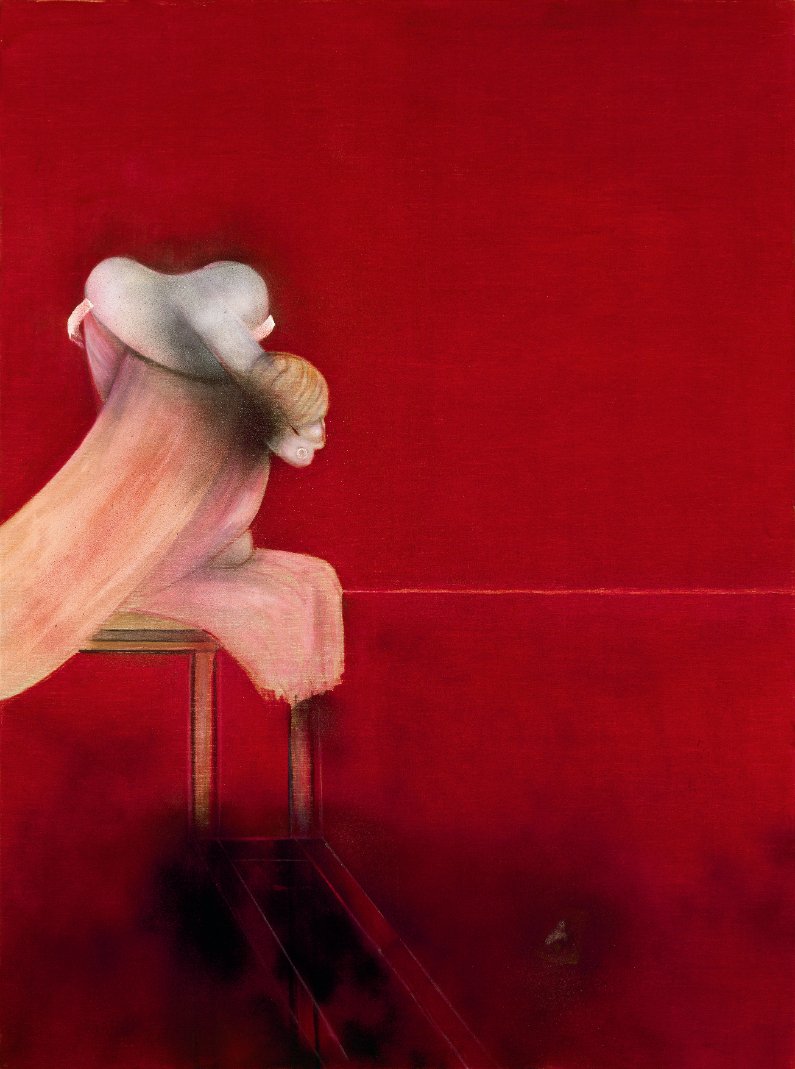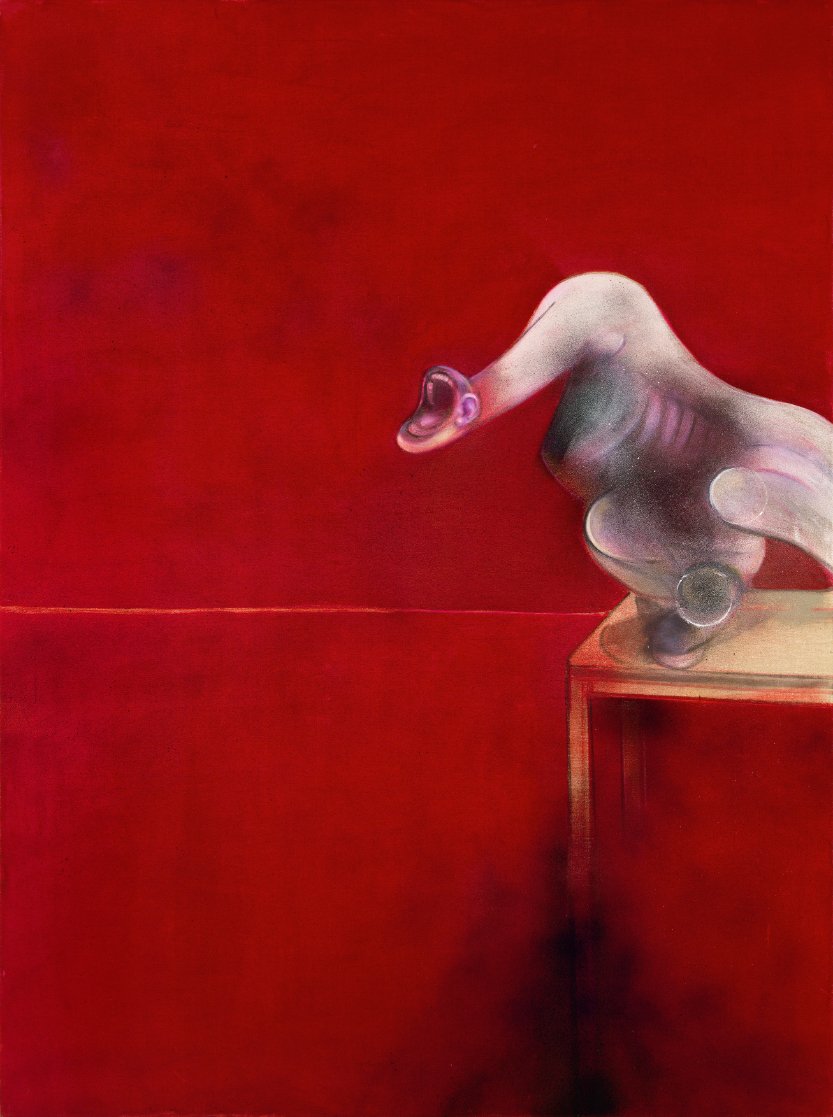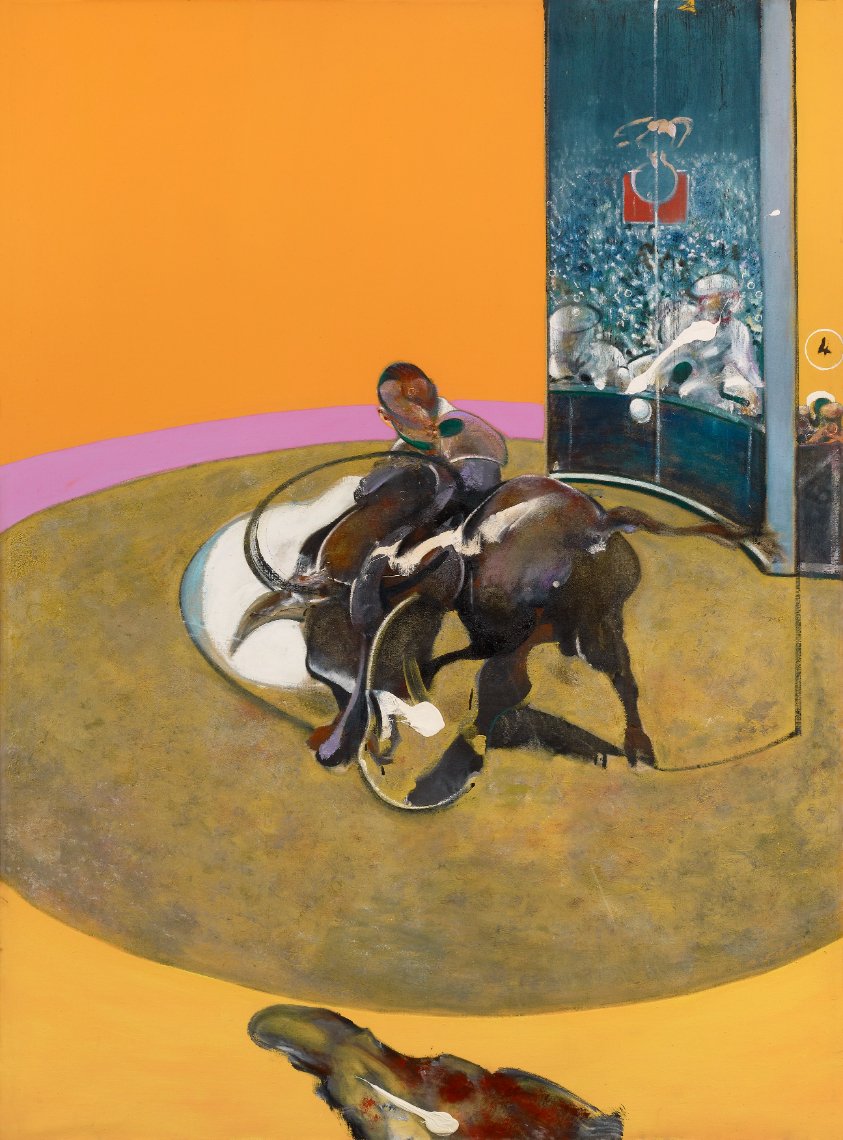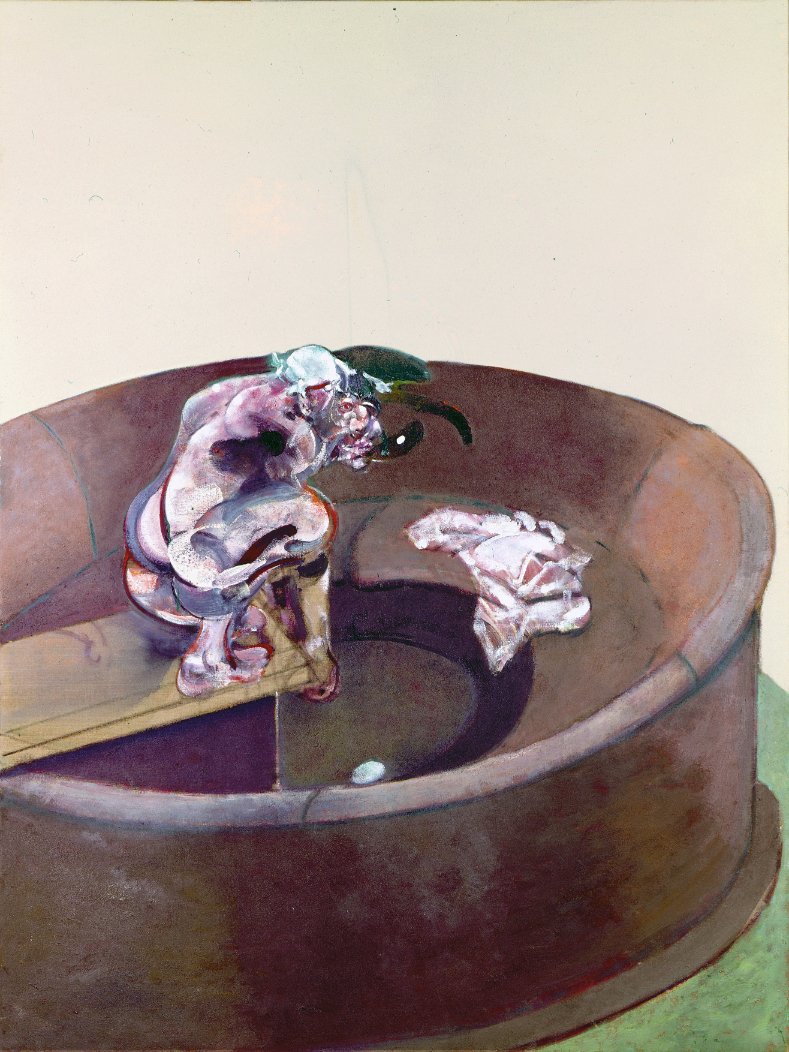The Body Remembers, Le Cake-Walk, Wish You Were Here, 2020 © Heather Agyepong
On Thursday 26 January The Centre for British Photography will open for the first time. Founded by the gallerist and philanthropist, James Hyman, the charitable organization will present free, self-generated exhibitions as well as those led by independent curators and organizations championing the work of British photographers.
Hyman explains: “We hope that through this initial showcase to make a home for British photography we can, in the long run, develop an independent centre that is self-sustaining with a dedicated National Collection and public program.”
There will be two leading exhibitions, organized in partnership with Fast Forward Photography. Headstrong: Women and Empowerment celebrates photographers based in Britain who have made work concerned with how they are represented, what they are dealing with in their everyday lives and what it means to embrace diversities that challenge the conservative order of a patriarchal society. And, Images of the English at Home takes the viewer on a journey from the street, up the front steps, and into the private spaces of the living room, kitchen and bedroom before sending them out into the back garden.
Alongside the exhibitions, The Centre will spotlight five British photographers as part of an In Focus display; Natasha Caruana, Jo Spence, Andrew Bruce, Anna Fox and Heather Agyepong.
Autre’s London editor-at-large, Lara Monro, spoke with the multidisciplinary artist, Heather Agyepong, to discuss her body of work, Wish You Were Here. Commissioned by The Hyman Collection in 2019, the series explores the work of Aida Overton Walker, the celebrated African American vaudeville performer who challenged the rigid and problematic narratives of Black performers. Read more.



